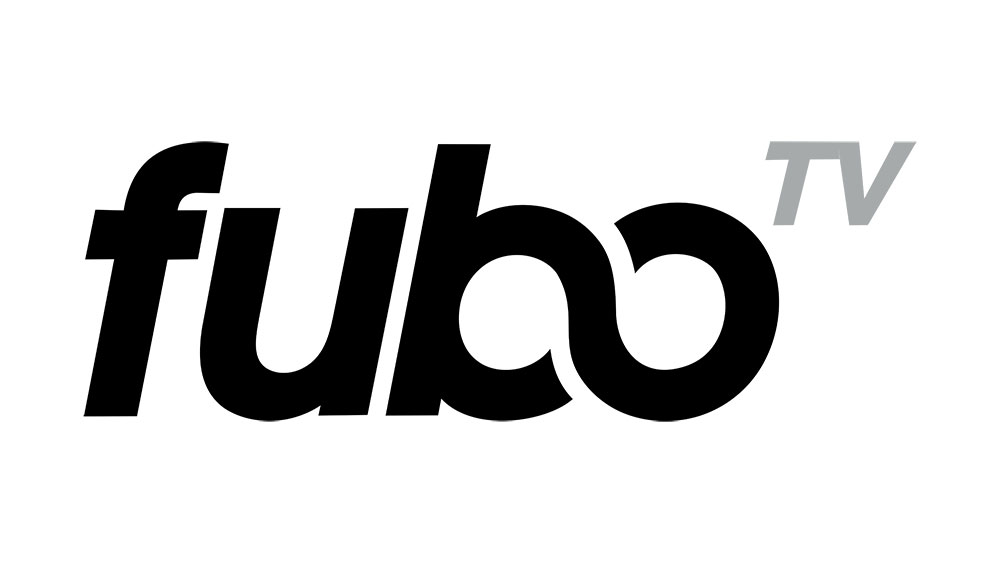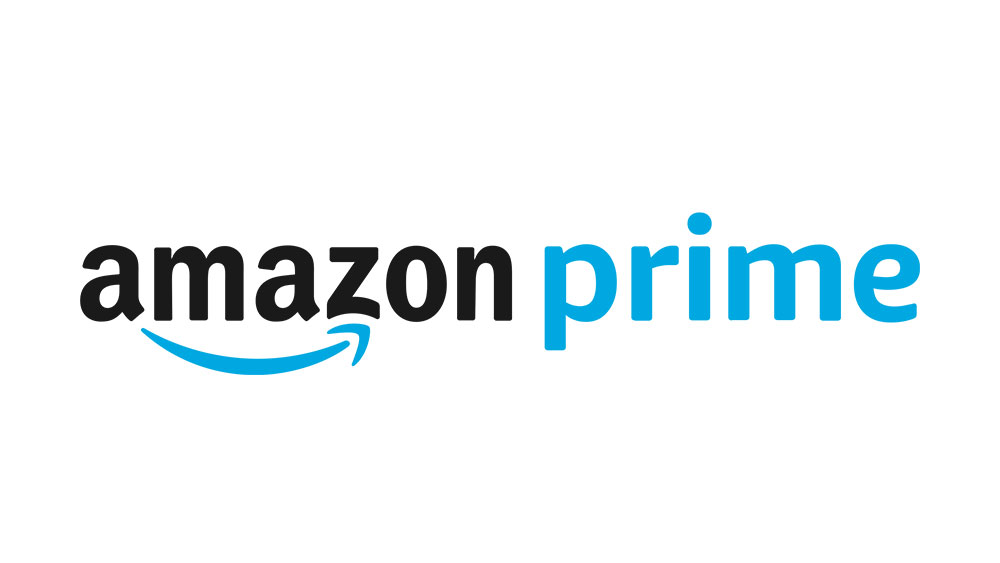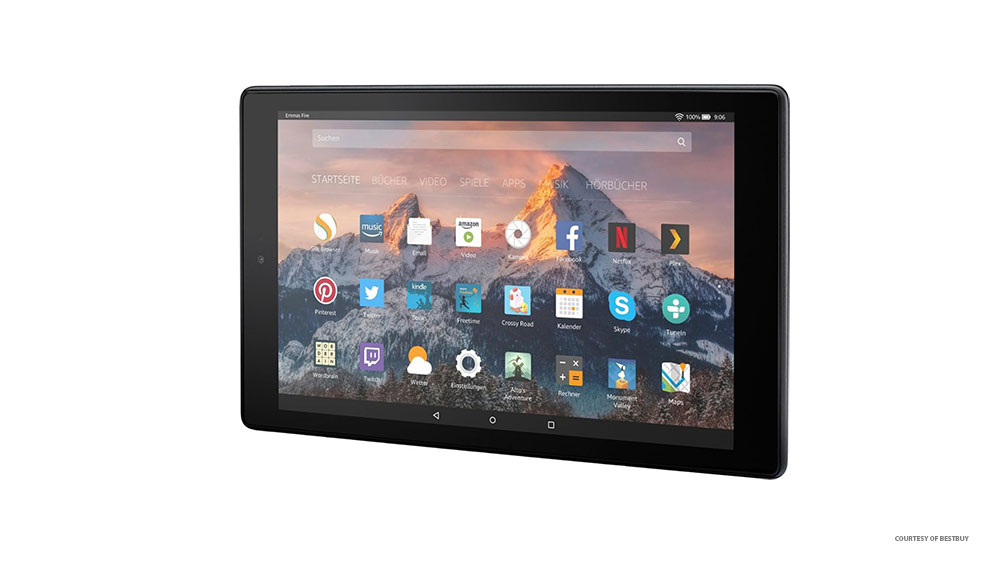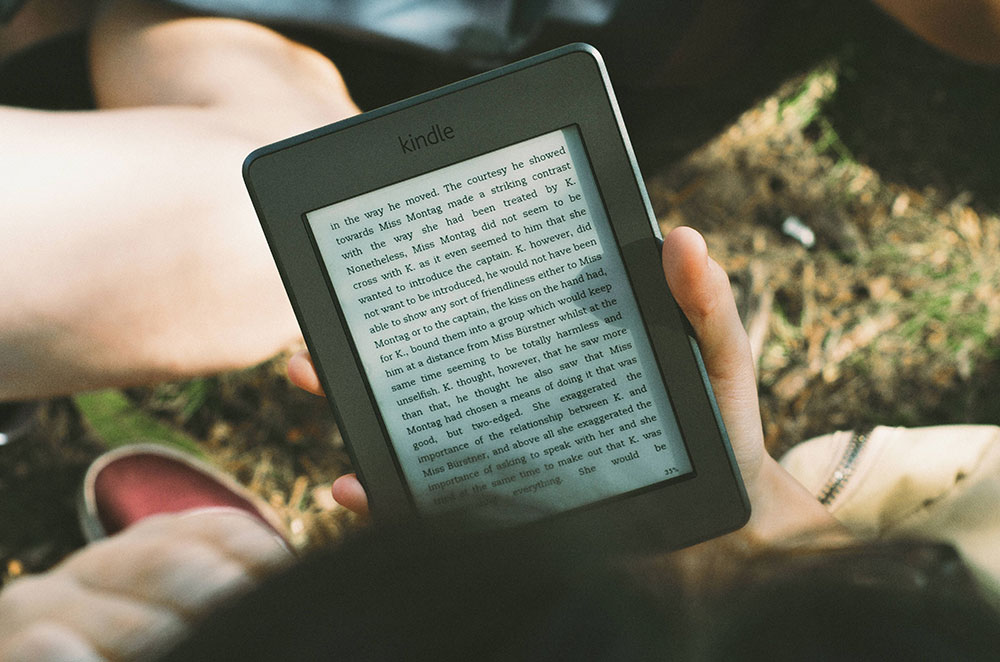What Are the Differences Between the 7th and 8th Generation Amazon Fire Tablets?
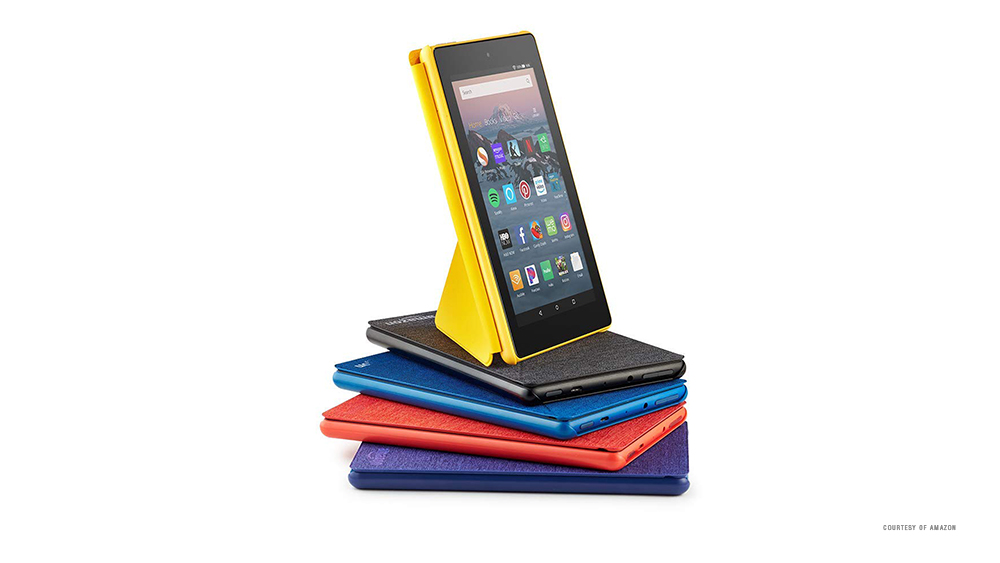
Amazon’s range of Fire tablets are a much more affordable option than their main competitor, Apple’s iPad. They operate in a similar way to the iPad, with a bespoke version of the Android OS that’s more of a closed ecosystem than standard Android devices, but considering how cheap they can be, it’s not a huge loss.
With new models releasing each year, it can be tough to choose whether it’s worth shelling out for the latest model. In this article, we’ll be comparing the 7th and 8th Generation Fire HD 8 tablets, as the HD 8 was the only device released in the 8th Generation.
Operating System
The OS that your tablet runs on is central to the whole experience. The newer your device, the more recent a version of the operating system it will support, and so the more functionality and (hopefully!) stability you should get while using it.
The older 7th Generation tablet runs Amazon’s Fire OS version 5.6.4.0, which is based of the Lollipop release of Android.
The newer 8th Generation device uses Fire OS 6.3.1.2, Amazon’s own version of the Nougat Android OS.
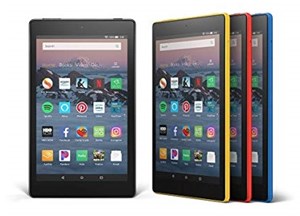
Storage Space
All-important on any device, the amount of storage you have determines how much you can really get out of your tablet. More is unequivocally better, and the 8th Generation has made steps both forwards and backwards in this regard.
Both 7th and 8th Generation Fire HD 8 tablets are able to use micro SD cards to expand the amount of storage available to them. The 7th Generation version can use cards up to 256 GB in size, while the 8th Generation can manage cards that go up to an impressive 400 GB.
In terms of raw space available without an SD card, however, the newer device actually has less space available than its predecessor. The 16 GB 7th Generation tablet has 11.1 GB left after the OS and preloaded software is accounted for, while the 8th Generation only has 9.8 GB remaining. Similarly, the 32 GB 7th Generation has 25.3 GB after pre-installed apps are taken into account, and the 8th Generation’s space is down to 23.8 GB.
Battery Life
A tablet without any power is basically just a rather expensive and fancy looking brick. Again, surprisingly, the newer model 8th Generation HD 8 has taken a step backwards here. It’s lost two hours’ worth of run time, from twelve hours on the 7th Generation version down to ten hours.
Cameras
Cameras generally aren’t such a huge focus on tablets when compared to their little mobile brothers, but having a decent one is always a bonus.
Both the 7th and 8th Generation have the same quality rear-facing camera, at 2 MP a piece. However, the VGA front-facing camera on the older model has been upgraded to another 2 MP camera on the 8th Generation tablet, so you can make video calls and take selfies that are a lot less blurry than before.
Always-Ready Alexa and Show Mode
Virtual Assistants are no longer just the realm of superheroes like Iron Man. While we don’t have anything quite as advanced as J.A.R.V.I.S. yet, all the major brands are competing to make their version the most helpful and intuitive one on the market.
Both the 7th and 8th Generation tablets have Amazon’s Alexa in built; the newer model can now have her ready and waiting to help you out wherever and whenever you need. The 7th Generation model required you to have the device plugged in if you wanted Alexa to be constantly at the ready, whereas the 8th Generation version has the capability for her to be always-ready. This may go some way to explaining the drop in battery life.
The 8th Generation can also use Show Mode without being plugged in, unlike the older model. For both Alexa and Show Mode to work, you will still need to be connected to Wi-Fi.
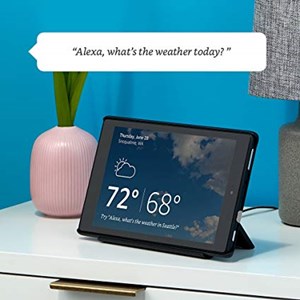
Weight
The dimensions on both the 7th and 8th devices are identical in all but one area – how much they weigh. Even then, the difference is pretty dang small, but as you could well be carting your tablet with you wherever you go, every extra ounce may make a difference.
The 7th Generation tablet weighs in at 13 oz (369 g), while the newer 8th Generation Fire HD 8 weighs a very slightly smaller 12.8 oz (363 g). Hardly something to get over excited about, but hey, it’s a difference!
Marginal Improvements
The takeaway here is that the difference between the Fire HD 8’s 7th and 8th Generation versions are pretty minor. There are a few quality of life upgrades that might be of interest if you have an extensive Amazon Prime library that you want to download, or if you’d like to more easily use your tablet to Skype with your friends and family. Really though, there’s not a huge number of reasons to pick the newer model over the old one, especially if you can get the 7th Generation tablet for less.




![what is the newest kindle fire [november 2019]](https://www.techjunkie.com/wp-content/uploads/2019/11/what-is-the-newest-kindle-fire-november-2019.jpg)
